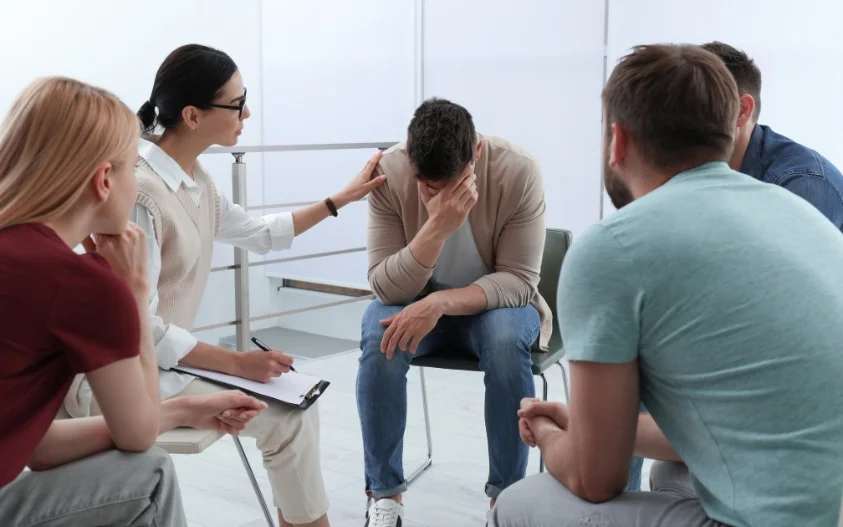24/7 Helpline:
(866) 899-221924/7 Helpline:
(866) 899-2219
Learn more about Bipolar Disorder Treatment centers in Loma Linda
Bipolar Disorder Treatment in Other Cities

Other Insurance Options

United Health Care

Evernorth

Access to Recovery (ATR) Voucher

Highmark

UMR

Cigna

Choice Care Network

Multiplan

Kaiser Permanente

EmblemHealth

CareFirst

MVP Healthcare

Oxford

Regence

Sliding scale payment assistance

Horizon Healthcare Service

Lucent

MHNNet Behavioral Health

Private insurance

Premera





Benchmark Transitions
Benchmark Transitions offers residential treatment, extended care and transitional living for young ...





